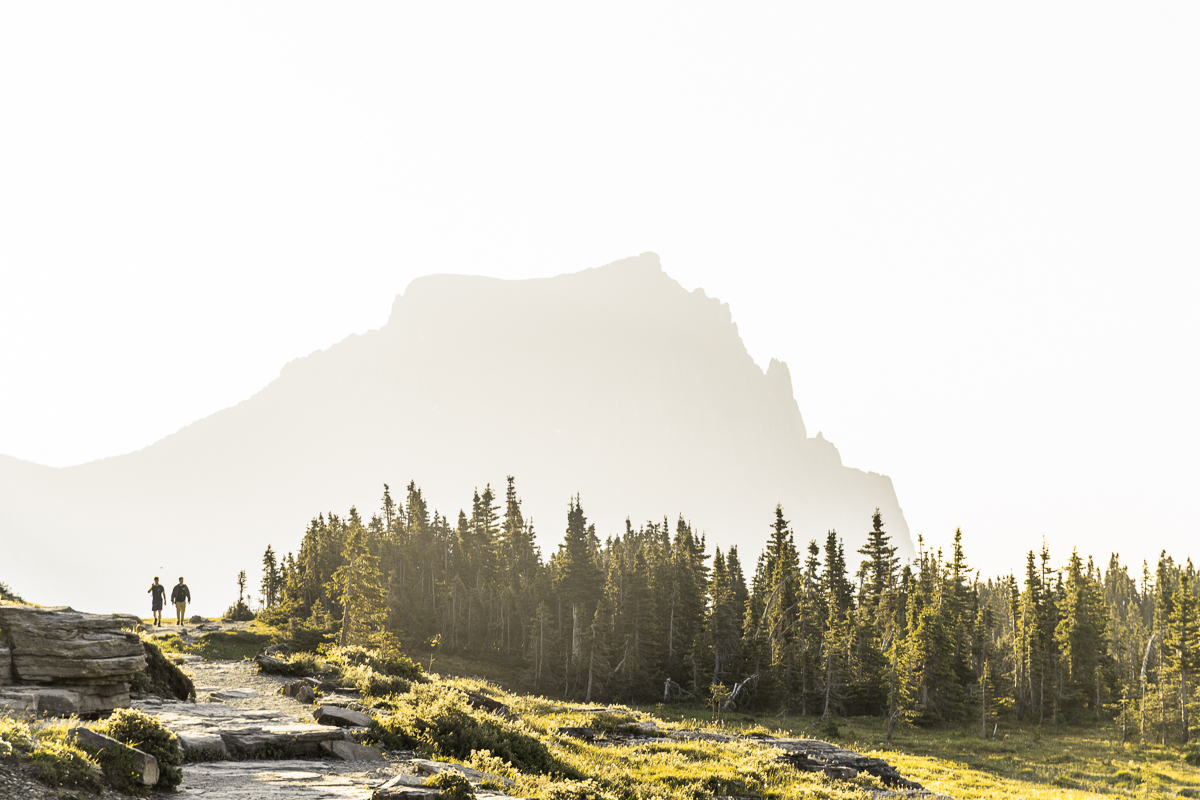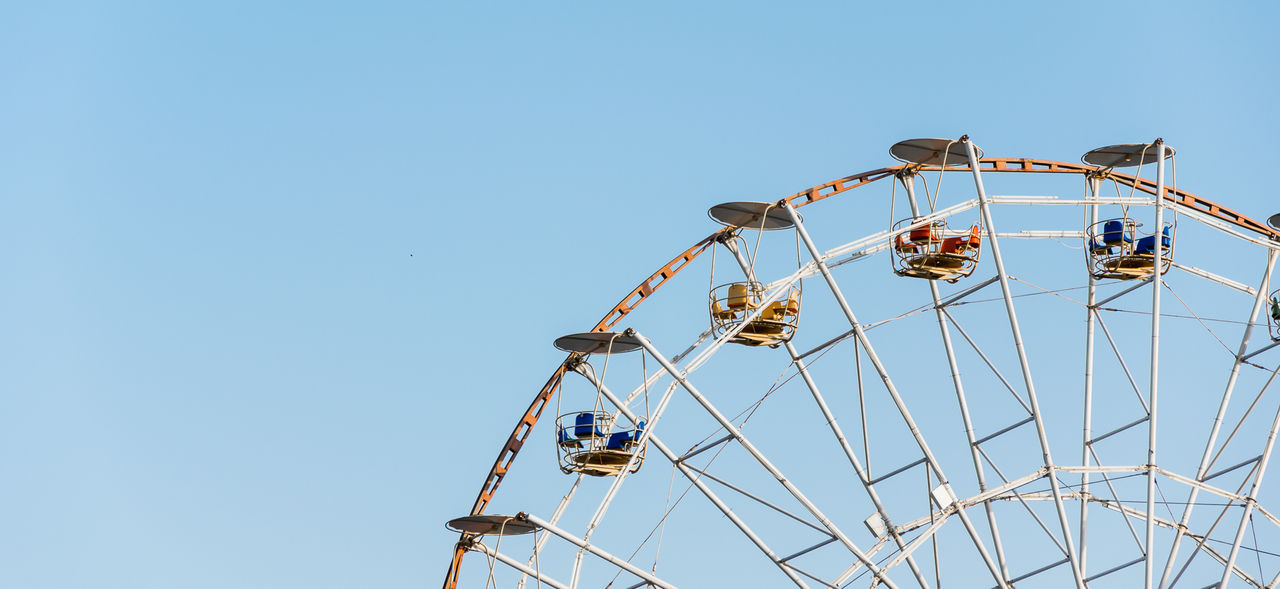Let’s face it – one of the main draws to Utah is the incredible skiing. Thousands of vacationers flock to the Salt Lake City area each year for a few days of downhill or cross-country bliss.
But there is a third option for those who like to think outside the box: backcountry skiing.

Skiing is Serious Business in Utah
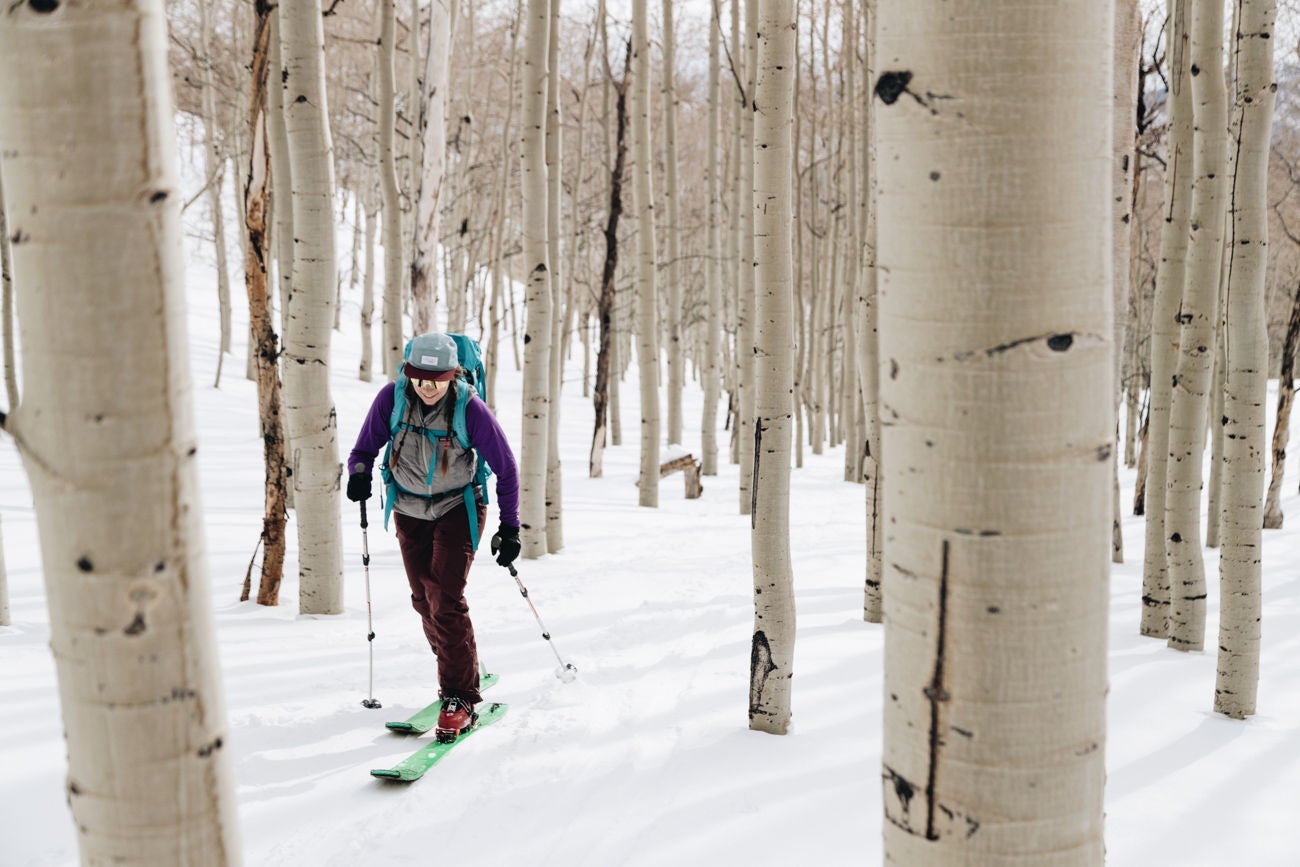 Backcountry skiing is incredible, but should only be done by experienced skiers who are aware of the safety precautions.
Backcountry skiing is incredible, but should only be done by experienced skiers who are aware of the safety precautions.
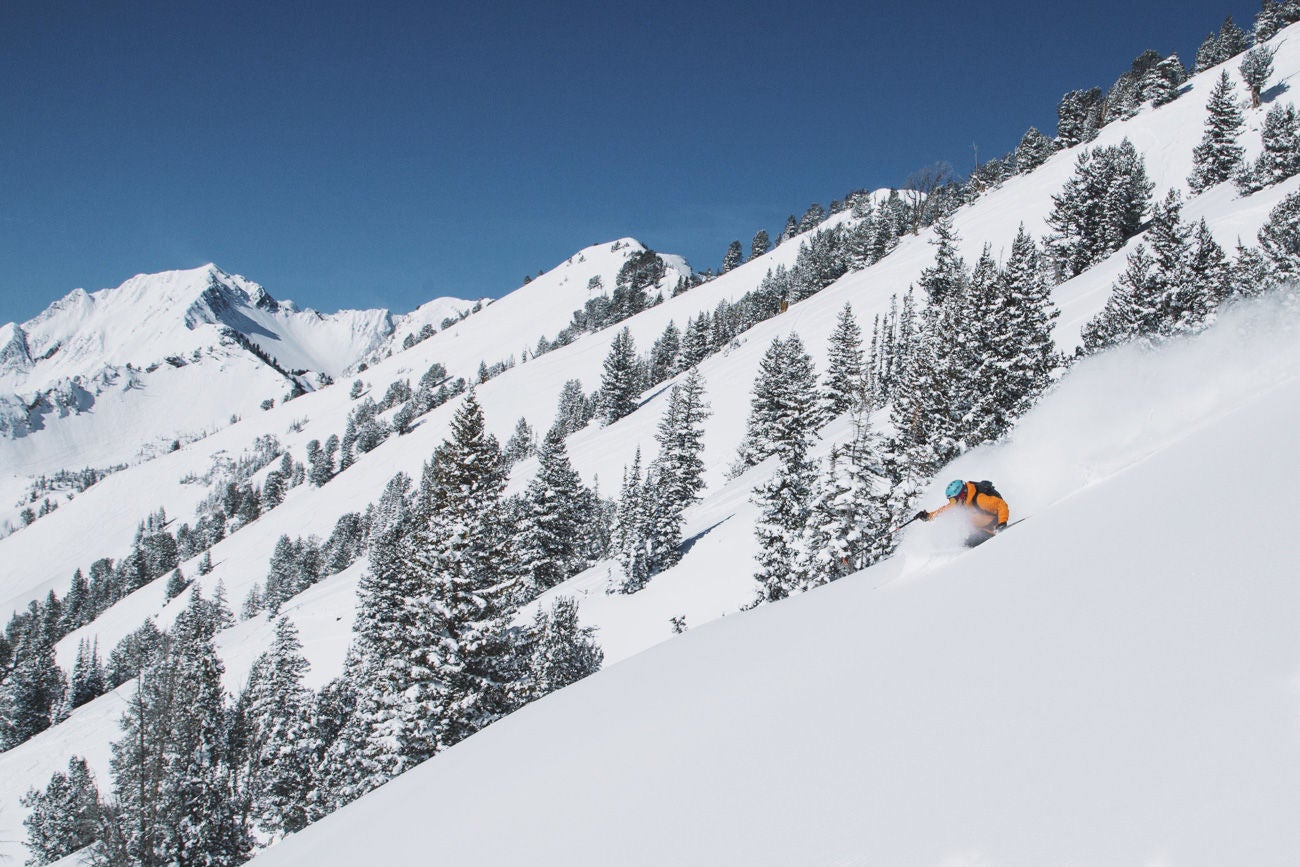 Sign up for a safety course, because mountain conditions can be unpredictable.
Sign up for a safety course, because mountain conditions can be unpredictable.
Libby Ellis is Natural Retreats’ social media manager, and in her downtime likes to join friends to go backcountry skiing. Libby also raced throughout college as a member of the Northern Michigan University Cross Country Ski Team.
Although she has been skiing “since she could walk,” she said it’s important to note that there are no experts when it comes to ski safety, especially when tackling mountain terrains that can kiss the clouds at 10,000-foot elevations.
That’s why she recently completed a three-day avalanche safety course with the Utah Avalanche Center.
“I want to make sure that I am safe and the friends I ski with will be safe,” she explained.
The course she took with friends was sponsored by the Center, which has been “keeping skiers on their toes” for more than 40 years. In the United States, an average of 27 skiers, snowboarders, and snowmobilers die each Winter due to avalanches.
Day one of Libby’s training was an intensive course on practicing rescue methods. A beacon was buried in the snow and the trainees had to find the beacon and unbury it.
“We always carry a shovel and a probe when skiing out," she said. "Digging in avalanche snow is no walk in the park. It’s not light and fluffy. It’s like digging out bricks of cement.”
Day two of the training was focused on “snow science.” The class had to dig a large pit and examine the various layers of snow like winter-time archeologists to help spot the snow’s weaknesses.
The third day was route finding.
“You have to look at the terrain and find the safest way to get to where you want to go,” she said.
In the Salt Lake City area, Big Cottonwood Canyon and Little Cottonwood Canyon are excellent places to go backcountry skiing.
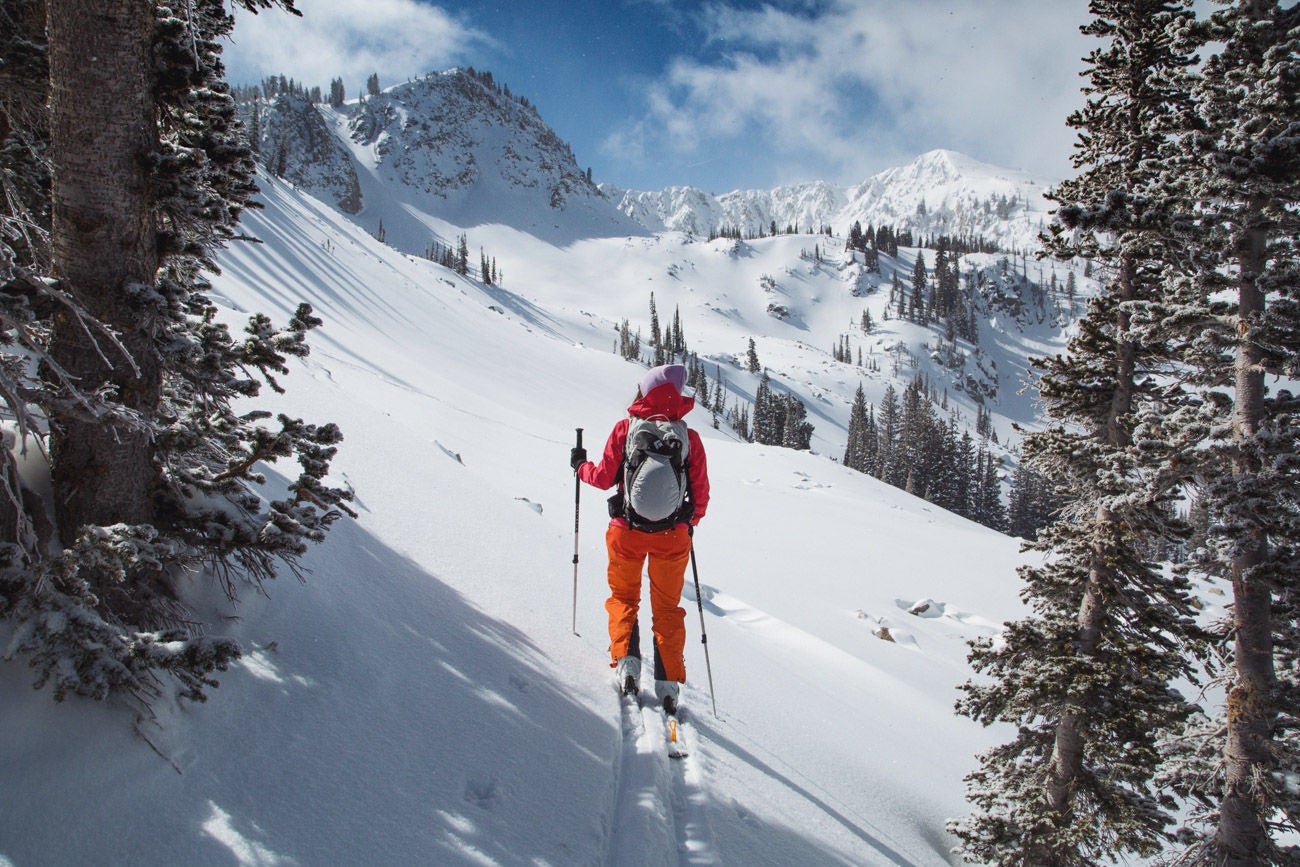 Libby says having the right gear and safety equipment is key when backcountry skiing.
Libby says having the right gear and safety equipment is key when backcountry skiing.
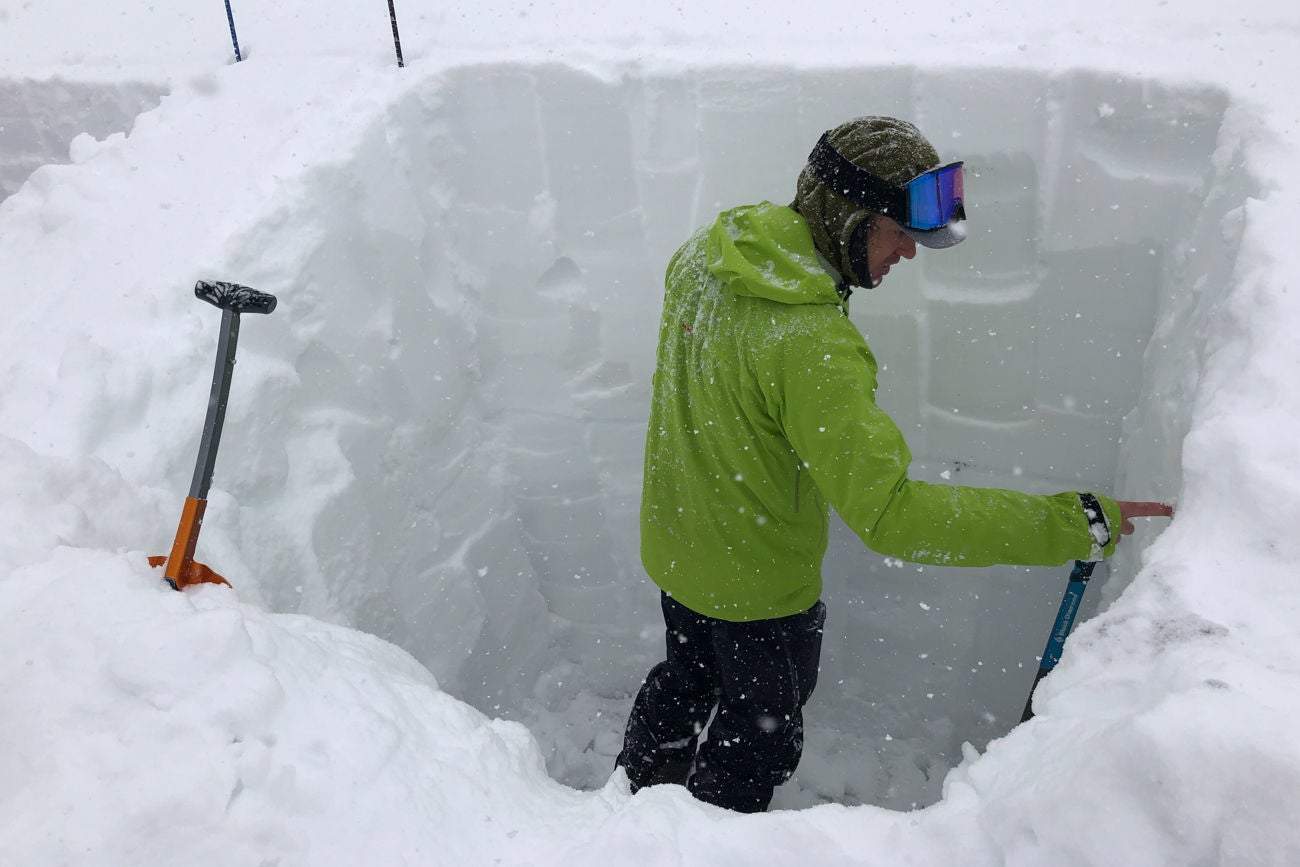 An instructor from the Utah Avalanche Center explains the various layers of snow to students.
An instructor from the Utah Avalanche Center explains the various layers of snow to students.
Libby has five tips for visitors who may want to try backcountry skiing:
- Have the right gear. Always ensure you have safety equipment with you – beacon, shovel, and probe are a must. Be sure you are familiar with how to use your equipment and double-check that you have enough battery life in your beacon for a full day in the mountains. This can save you or a friend’s life if they are an avalanche victim. Statistics show that the survival rate for avalanche victims drops drastically after 15 minutes of burial.
- Never stop educating yourself. Even if you are a seasoned backcountry skier it is essential to constantly practice your skills and refresh your knowledge. Doing things like frequent beacon practices and checking the avalanche report daily are important steps for safe backcountry travel. Take the online ‘Know Before You Go’ Class. which is excellent for people just starting to get into backcountry skiing. Plenty of classes are available in addition to Level 1 and 2 backcountry courses, such as Backcountry 101 and Avalanche Rescue. A complete list of available classes in Utah can be found here.
- Don’t go it alone. Always ski with a partner or small group. If you’re visiting an area and aren’t sure where to go, reach out to local avalanche centers or guiding companies for safe terrain recommendations. There are also likely Facebook or Meetup groups for those looking for ski buddies.
- Invest in a good GPS app. For the Salt Lake area, Libby recommends the Wassach Mountain App. The phone app costs a few bucks but is well worth the added safety when out on your skis.
- Be prepared. Check the Avalanche Report to ensure you know the conditions before planning what you want to do for the day. The Utah Avalanche Center forecast can be found here. Make a plan for emergencies and let people know when and where you’re going. If you plan to make backcountry skiing a regular habit (according to Libby, it is highly addictive), invest in an avalanche training safety course!
Skiing the mountains of Utah is exhilarating and a picture-taking paradise. But being prepared, remaining aware of your surroundings, and not skiing alone will make for a more enjoyable day out in the mountains. Because when it comes to the mountain versus the skier, “the mountain always wins,” said Libby.
Below are popular of the avalanche myths:
- Loud noises trigger avalanches: Although it's a convenient plot device in the movies, noise does NOT trigger avalanches. Even sonic booms or low-flying helicopters trigger avalanches only in extremely unstable conditions. In 90% of avalanche fatalities, the avalanche is triggered by the weight of the victim or someone in the victim's party.
- An avalanche is a bunch of loose snow sliding down the mountain: Avalanche professionals call these "sluffs." Loose snow avalanches account for a small percentage of deaths and property damage. What we usually call avalanches are "slabs" or cohesive plates of snow that shatter like a pane of glass and slide as a unit off the mountainside.
- Avalanches strike without warning: We often hear the word "strike" used in the popular media. Avalanches almost always have obvious signs. In 90% of all avalanche accidents, the avalanche is triggered by the victim or someone in the victim's party. Natural avalanches occur because new or windblown snow overloads weak layers or because of rapid warming, but there are almost always signs of instability by the time an avalanche occurs.
Explore our ski guides before you go!
(DISCLAIMER: Backcountry skiing involves a lot of risk. Only go if you have the proper gear and knowledge. Simply stepping into the side country at a resort can put you into high-consequence terrain that could be deadly.)


